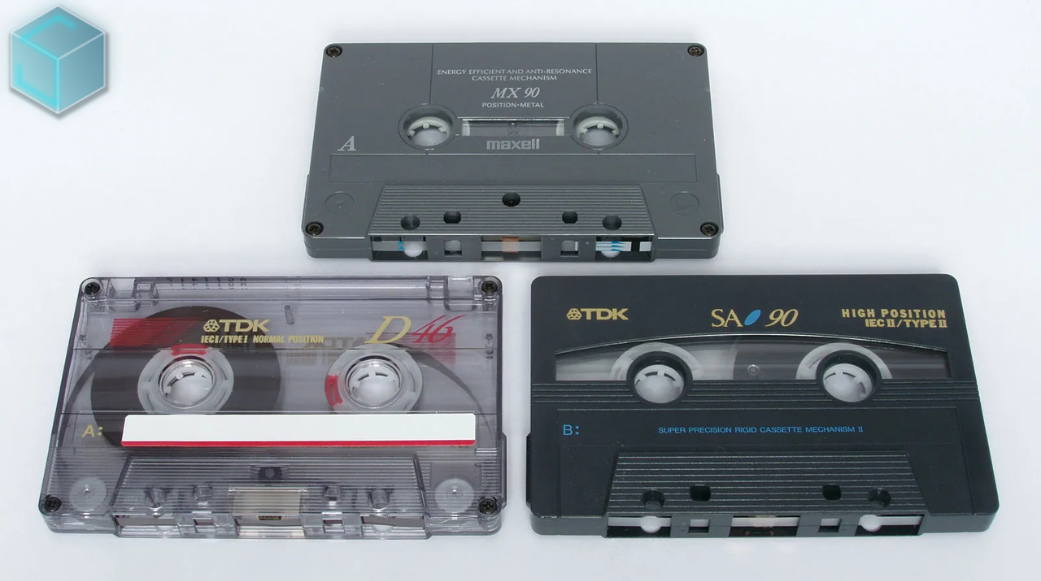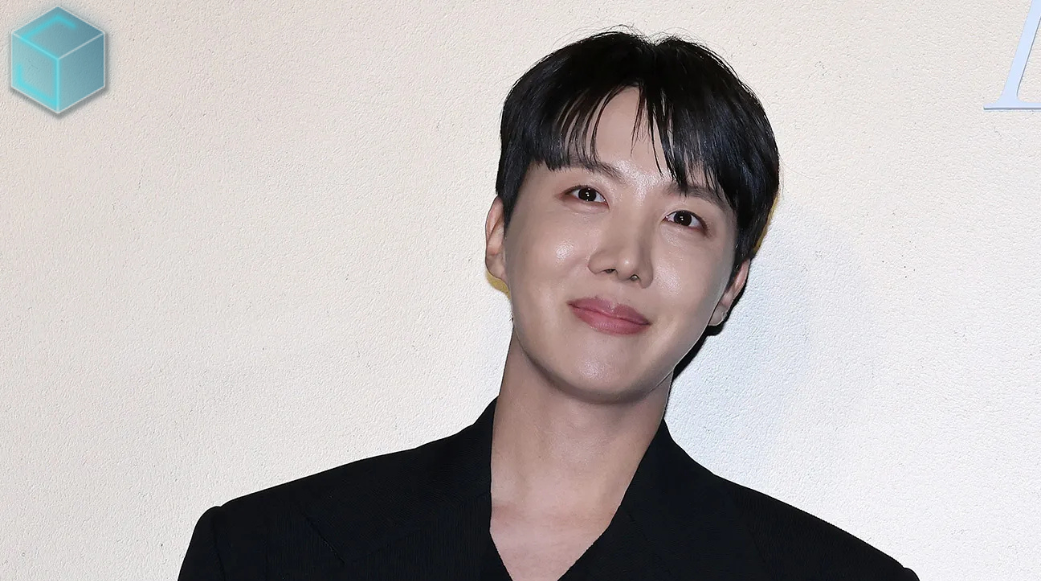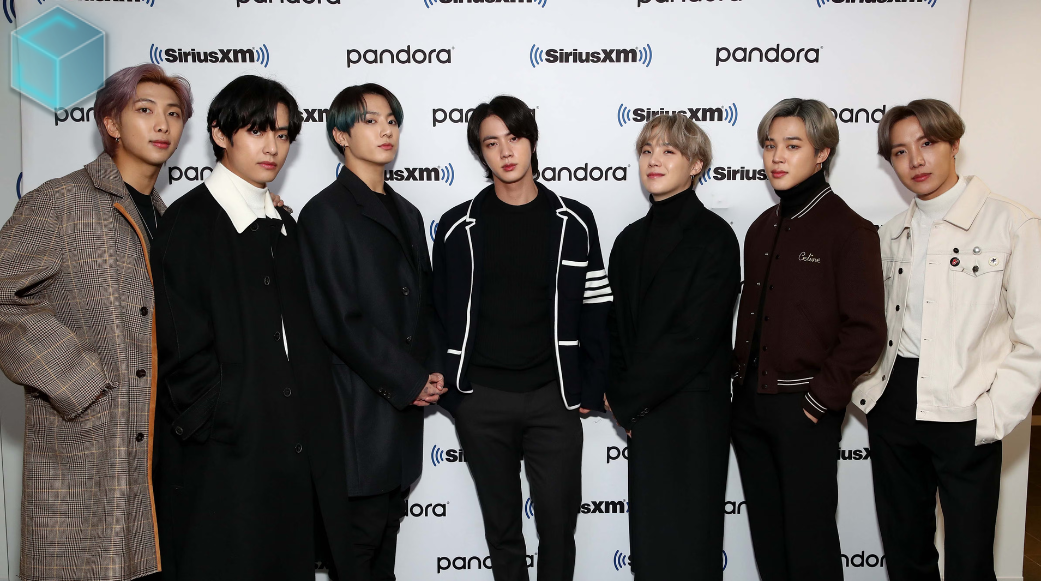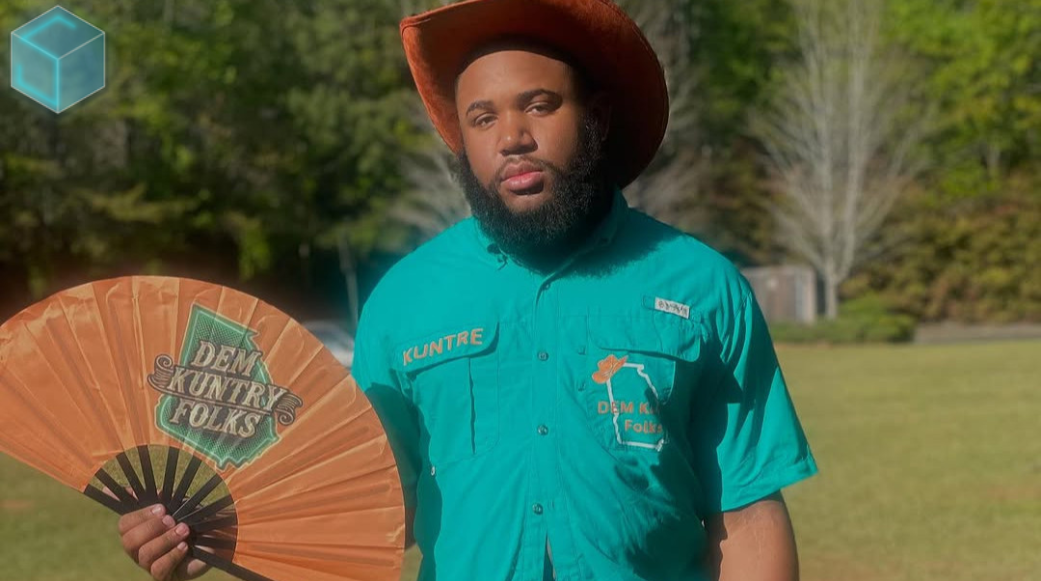
October 23, 2025
Discover how Mix Master strengthens your brain just like an instrument - training focus, creativity, and emotional intelligence through the science of sound.
Read more.png)
September 8, 2025
Tools like Suno are now powerful enough to generate melodies, lyrics, and even full songs in seconds. That’s exciting—and controversial. Just ask Timbaland. Recently, he came under fire..
Read more
August 23, 2025
The 1980s and 1990s analog music medium known as cassette cassettes is experiencing an unanticipated comeback, with Gen Z spearheading the trend. Taylor Swift, who included cassettes in the release...
Read more
August 23, 2025
This week's most notable headline: Doja Cat's erotically charged, '80s-inspired music video, "Jealous Type," is dominating social media feeds and cultural discourse, marking her most daring...
Read more
August 23, 2025
J-hope and GloRilla's "Killin' It Girl," a spectacular blend of K-pop flare and shameless hip-hop heat that has taken the world by storm, is this week's winner of the Best Collaboration of Summer...
Read more
August 23, 2025
Carly Rae Jepsen is giving fans the ultimate gift for the 10th anniversary of her critically adored album Emotion: a special edition featuring four never-before-heard tracks and two fresh remixes...
Read more
August 23, 2025
The wait is over, ARMY! BTS is officially back together and balancing work and play in their first moments of reunion after completing mandatory military service. J-Hope sent fans into a frenzy...
Read more
August 23, 2025
Christian music stepped outside of its quiet comfort zone in 2025. "Hard Fought Hallelujah," a worship song by Brandon Lake, went platinum, sold out festival stages, and exploded from churches to...
Read more
August 23, 2025
In late July 2025, Christian artist Forrest Frank (of Surfaces, now a solo juggernaut in faith-pop) posted from a hospital bed: he’d fractured his L3 and L4 vertebrae in a skateboarding accident...
Read more
August 21, 2025
On September 16, the masked metal phenomenon Sleep Token will embark on their 2025 "Even In Arcadia Tour" across North America. The 18-show tour, which includes a huge date at Brooklyn's Barclays...
Read more
August 21, 2025
Due to a line dance that went viral and won over fans' hearts both inside and outside of the United States, 22-year-old Tre Little's song "Boots on the Ground" has become a cultural sensation this...
Read more
August 21, 2025
In addition to preparing for her next album, The Life of a Showgirl, Taylor Swift is reviving the physical medium this week by putting her songs on cassette tapes. This sentimental action...
Read more.png)
This is a predicament that many songwriters encounter: You're thrilled with the direction your song is headed, the melody feels great, and you've nailed the first verse and chorus. But then you reach the second verse, the terrible wall. You seem to lose the first spark of inspiration and are left staring blankly at the paper, not knowing what to write next.
You're not alone if this sounds familiar to you! The "second verse curse" has affected even some of the best songwriters. Fortunately, there are tried-and-true methods to support you in maintaining your creative momentum. Let's examine some useful advice and see how well-known musicians have handled this exact situation.
1. Expand the Narrative
Consider your song to be a narrative. Your second verse should either expand on the first stanza's introduction of the scenario, character, or emotion, or offer an alternative viewpoint. Think about asking yourself questions such as "How does the situation change?" or "What happens next?" This might give your lyrics a logical progression.
Paul McCartney, for instance, frequently used this method. The narrator addresses Jude in the first verse of The Beatles' song "Hey Jude," which sets the situation. The second verse elaborates on the counsel and emotion. McCartney draws the listener in even more by giving the narrative more depth and specificity.
2. Present Contrast
Adding contrast or a twist in the second verse is an alternative strategy. This can entail investigating an alternative feeling, viewpoint, or environment. A dynamic change can add complexity to the song and keep the audience interested.
Taylor Swift, for instance, is renowned for employing this method. In "You Belong with Me," the second verse reinforces the song's main topic of unrequited love by contrasting the first verse's reflective, daydreaming tone with a more vivid picture of the girl who has it all—the "cheer captain" against the "bleachers."
3. Modify Your Perspective
If you're having trouble continuing, think about switching the second verse's point of view. Try writing the second stanza from the viewpoint of a different character if the first verse is written from your perspective. This can give your song more depth and intricacy and inspire fresh lyrical concepts.
For instance, Bob Dylan alternates between multiple points of view and historical periods in "Tangled Up in Blue," which keeps the listener interested and the plot moving.
4. Employ a Theme or Motif
To maintain a sense of continuity and advance the story, include a reference to a word, sentence, or motif from the first stanza in your second. This permits fresh experimentation and variation while also serving to bring your song together.
For instance, the second stanza of Adele's song "Someone Like You" returns to the themes of longing and loss from the first verse, but with a focus on acceptance and closure. The song's emotional effect is maintained by this recurring motif.
5. Try Different Melodic Variations
If you're having trouble understanding the lyrics, consider switching up the music in the second verse. Occasionally, a minor modification in the melody might elicit fresh lyrical concepts. Your music can be given new life by making a small alteration to a melodic line, which will keep it interesting and engaging for both you and the listener.
Example: Michael Jackson's "Billie Jean" has a melody that varies subtly throughout the song, which keeps the listener interested and makes the music dynamic without ever seeming the same.
6. Make Use of Emotion or Personal Experience
When you're at a loss for inspiration, consider your own feelings or experiences. Consider what first motivated you to begin creating the song. Go back to the feelings or anecdotes that inspired the original concept. To come up with fresh lyrical material, try free writing activities or recording voice memos of yourself discussing those feelings.
For instance, Amy Winehouse's song "Back to Black" prominently references her own turbulent relationships; the song's emotional power is further enhanced by the second verse, which also references genuine, personal sorrow.
7. Accept the "Messy" Procedure
Recall that the second verse does not need to be flawless the first time around. Give yourself permission to compose a "placeholder" second stanza; it may not be perfect, but it maintains the flow. Later on, you may always go back and improve it.
John Lennon, for instance, frequently penned "nonsense" lyrics or placeholders to maintain the creative flow. Songs like "I Am the Walrus" demonstrate how tinkering with words and ideas can occasionally result in discoveries that are surprising and imaginative.
8. Work Together with Others
Sometimes the second-verse obstacle can be surmounted with the aid of new eyes or ears. Get feedback from other songwriters or even share your music with a buddy or partner. They might present an angle or suggestion that you hadn't thought of.
For instance, Elton John and Bernie Taupin are well-known for their collaborative songwriting. Elton creates the music, and Bernie writes the words. Their partnership produced classic singles including "Your Song" and "Rocket Man." Having a creative partner can help you avoid stagnation and lead to breakthroughs.
Last Words
It's not impossible to go past the second verse, but it's a typical problem. These methods will help you get beyond the block and continue writing songs. Remember, this is a struggle that even the greatest songwriters have encountered; it's all a part of the creative process. Thus, persist with your writing, practise self-compassion, and enjoy the journey!